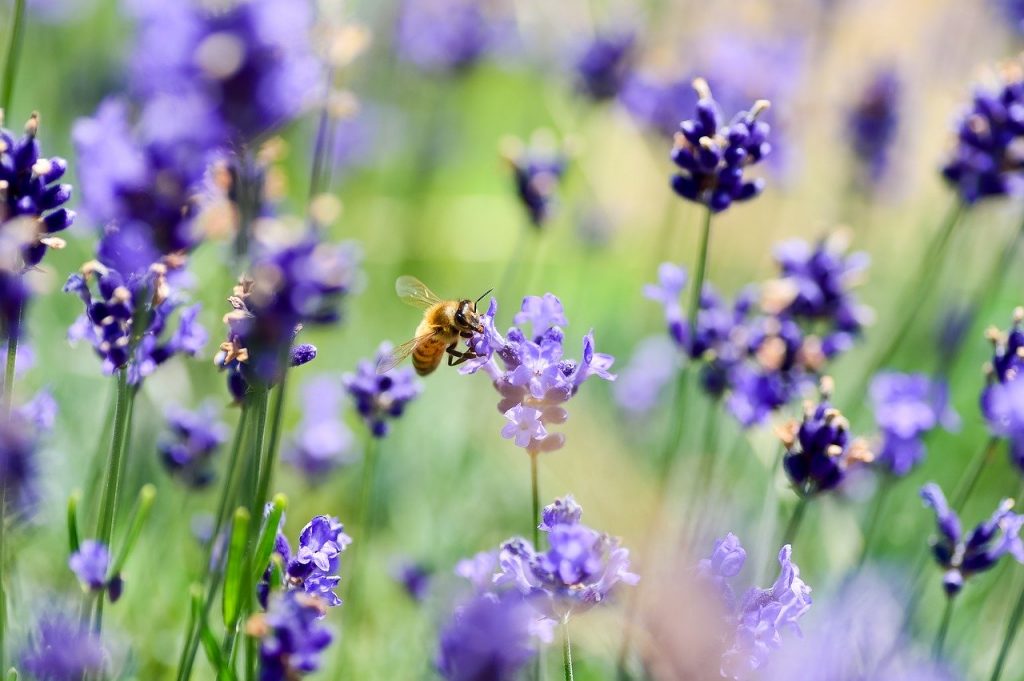If you’re a gardener, you’ll know there’s nothing more frustrating than going out to admire a flowerbed or vegetable plot, only to discover that the slugs and snails have found it first! They can be incredibly destructive in a short space of time, and we’ve lost many a carefully-tended plant to these garden pests. With that in mind, we’ve put together our guide for how to manage the crunching critters and enjoy a slug-free space.
There are two ways you can tackle the problem – prevention and cure. Prevention means either planting plants that slugs don’t like, or creating an environment that they can’t get to. The ‘cure’ section explores some of the ways of killing slugs once they’ve made their home in your flower beds.
Prevention
If you’re redesigning an area of your garden, then it’s worth thinking from the beginning about how to make it inaccessible to slugs. Slugs dislike the sharp edges of gravel, so potted plants in the middle of a gravel area should be safe from the marauding hordes. Copper tape or bands can also work very well, as the metal dries out the lubricant that slugs need to propel themselves. Use copper tape around plant pots to stop slugs climbing up. You can also buy bands of rigid copper designed to make a ‘fence’ around vulnerable plants in flower beds. These work very well, but need checking regularly. Position them as flatly as possible so that slugs can’t get underneath. As soon as a leaf touches the ground outside the ‘fence’ it will create a bridge for slugs to climb over, so you need to either break off rogue leaves regularly or increase the size of the band every so often. The advantage of both these methods is that they’re safe for children and pets and fairly permanent.
The other alternative is to simply plant plants that slugs won’t eat. These include foxgloves (main image), which have toxic leaves, and hardy (cranesbill) geraniums (these latter grow like wildfire, and while you won’t end up with a garden full of slugs you will definitely end up with a garden full of geraniums!). Other alternatives include lavender and phlox (the strong scent seems to put slugs off), campanula and fushias. Plants to avoid include hosters, delphiniums and lupins.
Cure
Once the slugs have moved in, it’s war! Here are some of the more common methods of slug control.
- Picking them up and removing them. Icky, yes, but it works really well if you keep doing it regularly (just don’t put them over your neighbour’s fence!)
- Slug pellets. Many brands are toxic and can be harmful to pets and children if eaten. They can also be harmful to wildlife – birds eating slugs that have died from ingesting slug pellets can die themselves. It is possible to buy pet-friendly slug pellets which are more environmentally friendly and also safer. If you do use them, top them up regularly as they tend to dissolve in the rain.
- Beer. Some people swear by this, I’ve never had any success with it! The premise is that you bury cups of beer so that the edge of the cup is flush with the soil, and the slugs fall in and drown, attracted by the beer. It’s easy and fairly safe (unless your dog decides to get drunk), but will need replacing after rain and, in my experience, doesn’t really work.
- Nematodes. These tiny worms are natural slug predators, and will live in the soil and eat the eggs. You can buy a pack on them online, and they’re completely safe in any garden.
- Ducks! Admittedly not very practical for most people, but ducks love slugs and any garden containing a duck will soon be pest-free.
- Bait. It may be possible to ‘bribe’ your slugs by offering them an alternative food source. Place old cabbage and lettuce leaves on the flowerbeds, and you may find slugs are using them as both shelter and food. Remove any slugs that you find, and replace the leaves regularly.
Images: (c) Pixabay



